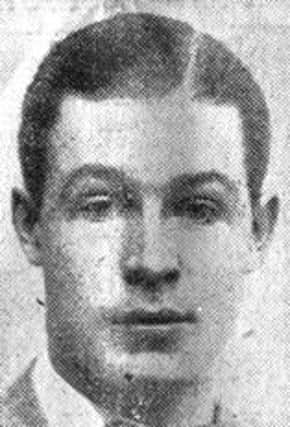Silent and deadly - patrolling no-man's land


Lt. J. H Haughton:
I left our lines with one corporal and two men at 7.30pm going from the left of Rooney’s Sap. On clearing our wire, which is about 40 yards deep, I bore along slightly to the right. The German trenches cannot be seen till 5-10 yards outside our own wire.
I kept on in this direction for quite 150 yards and found the ground to fall away gradually, no cover whatsoever is to be had.
Advertisement
Hide AdAdvertisement
Hide AdThe ground is very thick with dead weeds and is extremely difficult to avoid great noise from the cracking and breaking of these weeds.
I kept on bearing to the right until I came in contact with the German wire. The whole of ‘no man’s land’ falls in a gentle slope from our lines to the German, there is no cover beyond thick dead grass and the weeds already mentioned.
I found where I was againt the German wire that there was a small sap to my right running out about 15-20 yards in a northerly direction, this would be opposite sector Q10/11. Their wire appeared to be about 25 yards deep except at the head of the small sap where it was very thin. Their wire is good with many short pickets among which it is thickly entangled.
The barbed wire is very thick with one strand only having long barbs at intervals of 1” to 1.5”. My wire cutters would not penetrate it, I tried in two places.
Advertisement
Hide AdAdvertisement
Hide AdI returned finding three shell holes 50 yards from the German wire opposite Q10/12, they were small and full of deep mud. No one was seen or heard and I am of the belief that the German trenches are thinly held as with most careful listening no one could be heard. A lot of flares were fired from the front line but noe fell directly onto our party. I returned to our own lines at 9pm.
Lt. J. E. Furness
I found the German wire to be in good condition, varying in depth from 20 – 25 yards and about three feet high. One wek point in the wire I discovered at Q10 d 75. At this point there seemed only to be one row of wire which closely resembled our ‘knife rests’ and looked as if it might be easily removed.
Ground:- There is a certain amount of dead ground in front of our right sector which might be used for massing hostile troops especially in the old Road in the Q16.B and Q. 10.D which has a bank on each side of it sufficient to give protection to hostile or our own troops. We encountered a hostile patrol numbring about 12 who had taken up a position between ourselves and our own lines, evidently with the intention of cutting us off. We advanced in open formation and were about 50 yards from the enemy when they opened fire. We replied and after a the first exchange the enemy advanced and threw three grenades at us.
We held our ground and threw five Mills grenades amongst them.The enemy rapidly retired and two of their number were distinctly seen lying on the ground. Owing to the intensity of machine gun and rifle fire we were obliged to move off to the left flank and were unable to follow up on our advantage. A large number of flares were sent up from the enemy’s lines.
I had with me on patrol, Sgt. Harvey and four other ranks. We returned at 12.15am.
To be continued.